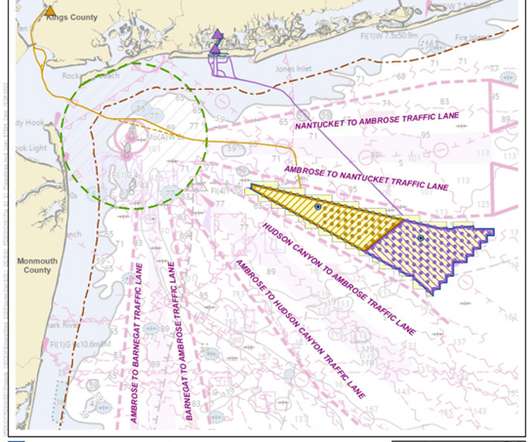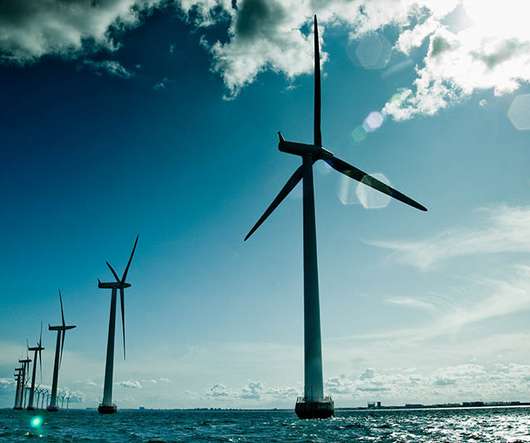Advancing Ocean Climate Action at COP27
Ocean Conservancy
NOVEMBER 30, 2022
C, we stand to lose ocean and coastal ecosystems we depend on to sea level rise, warming temperatures, ocean acidification and other climate impacts. We must reduce greenhouse gas emissions now, as Dr. Sarah Cooley , Ocean Conservancy’s director of climate science, emphasized when addressing a COP27 session. Green Shipping.














Let's personalize your content